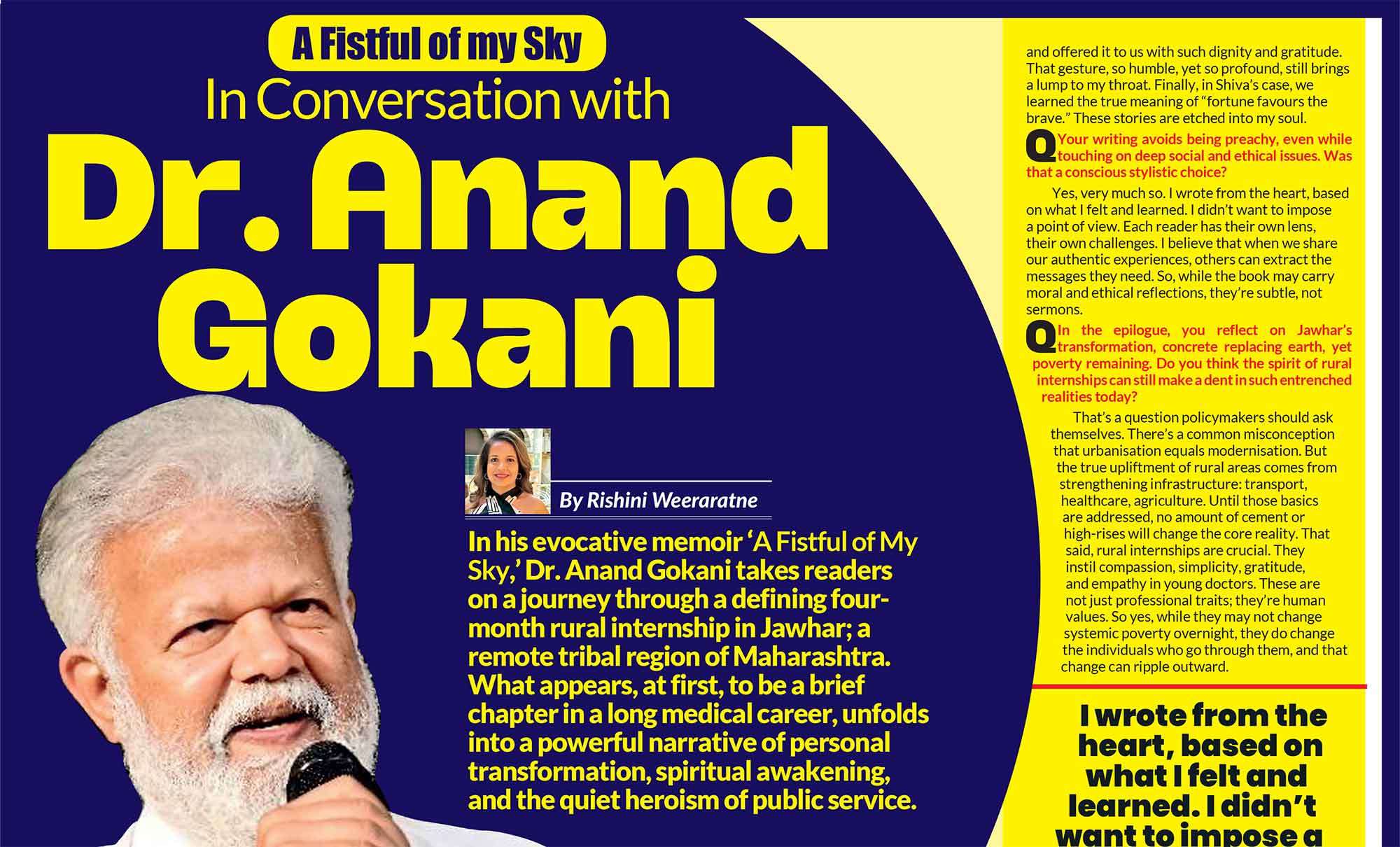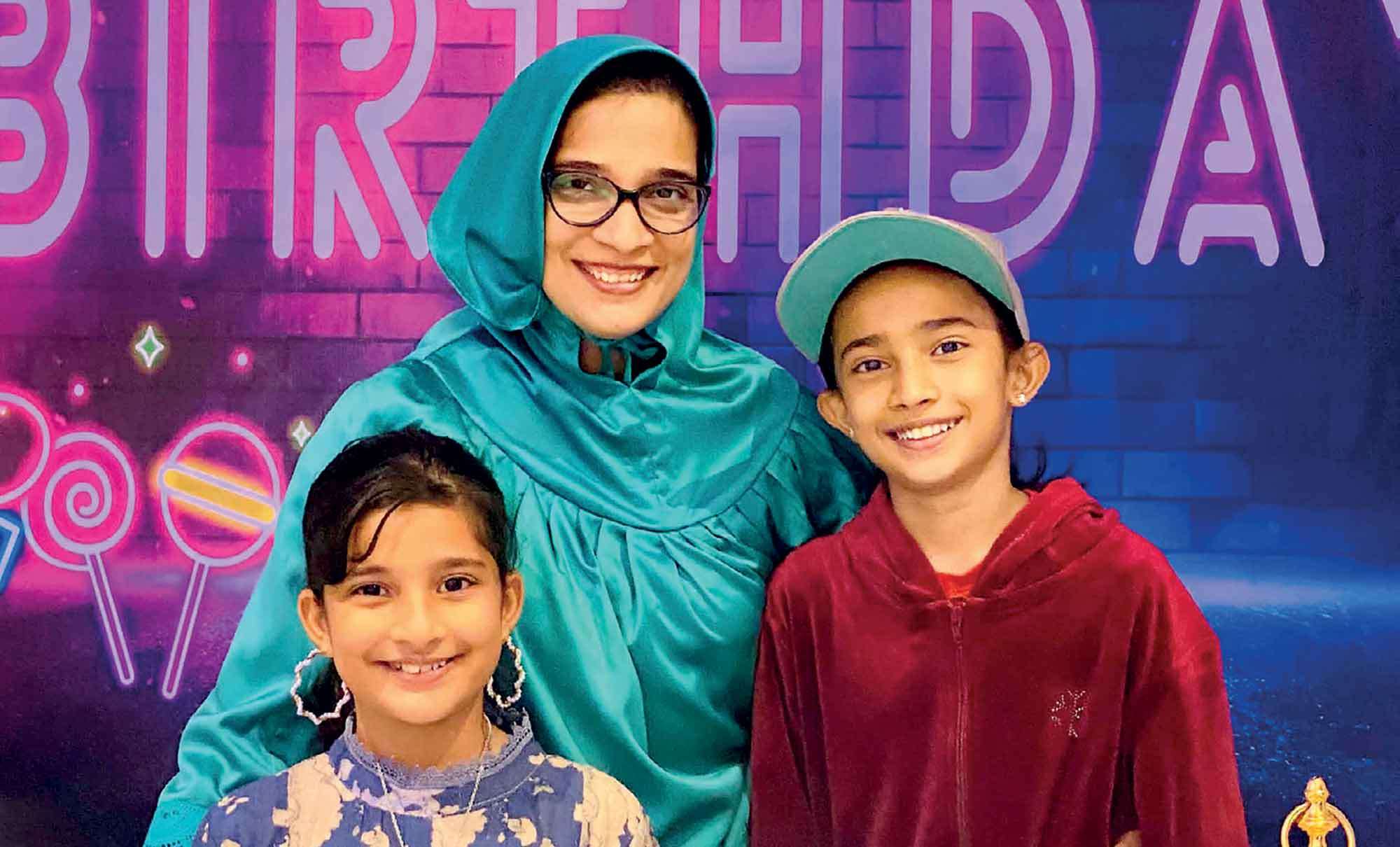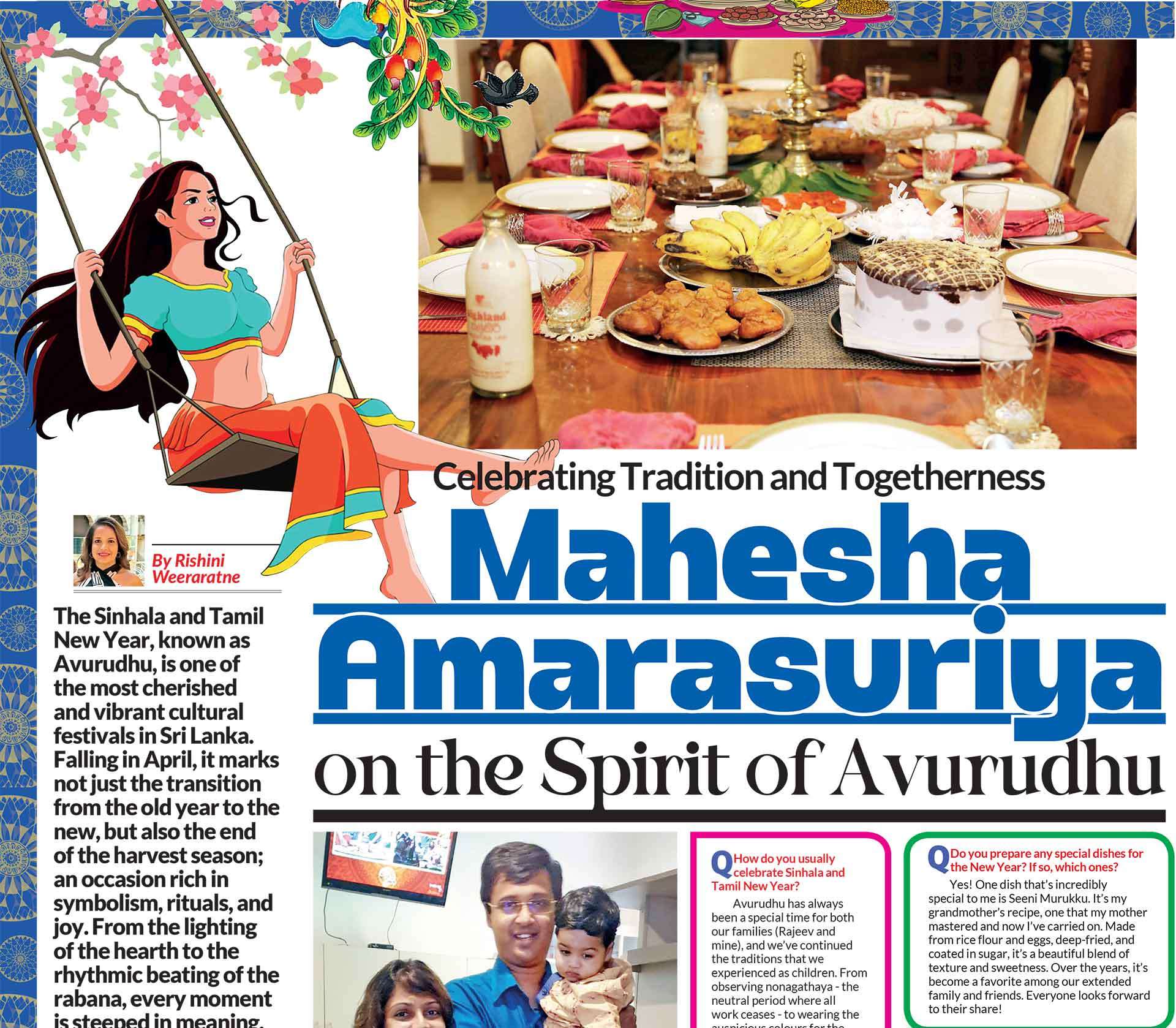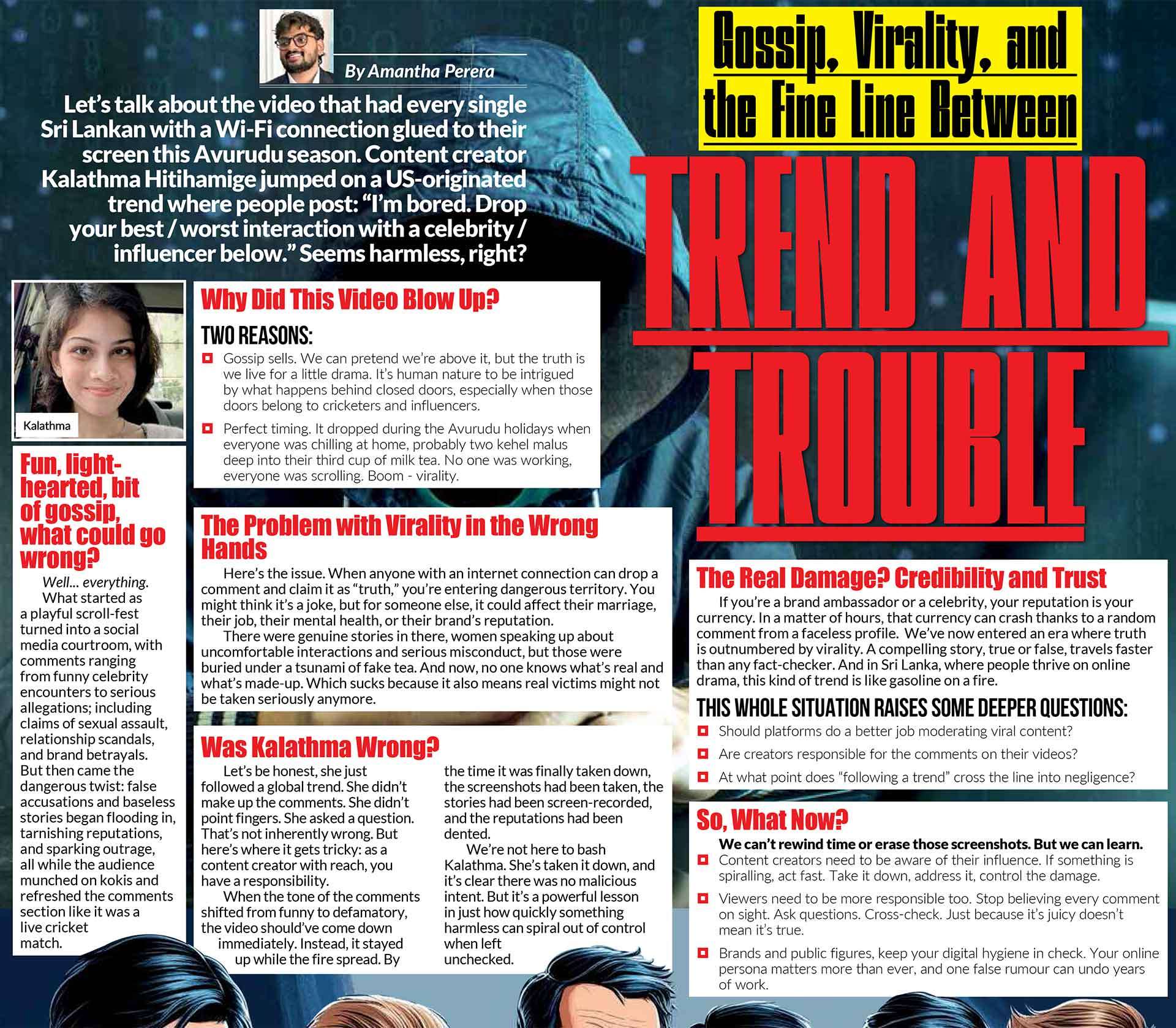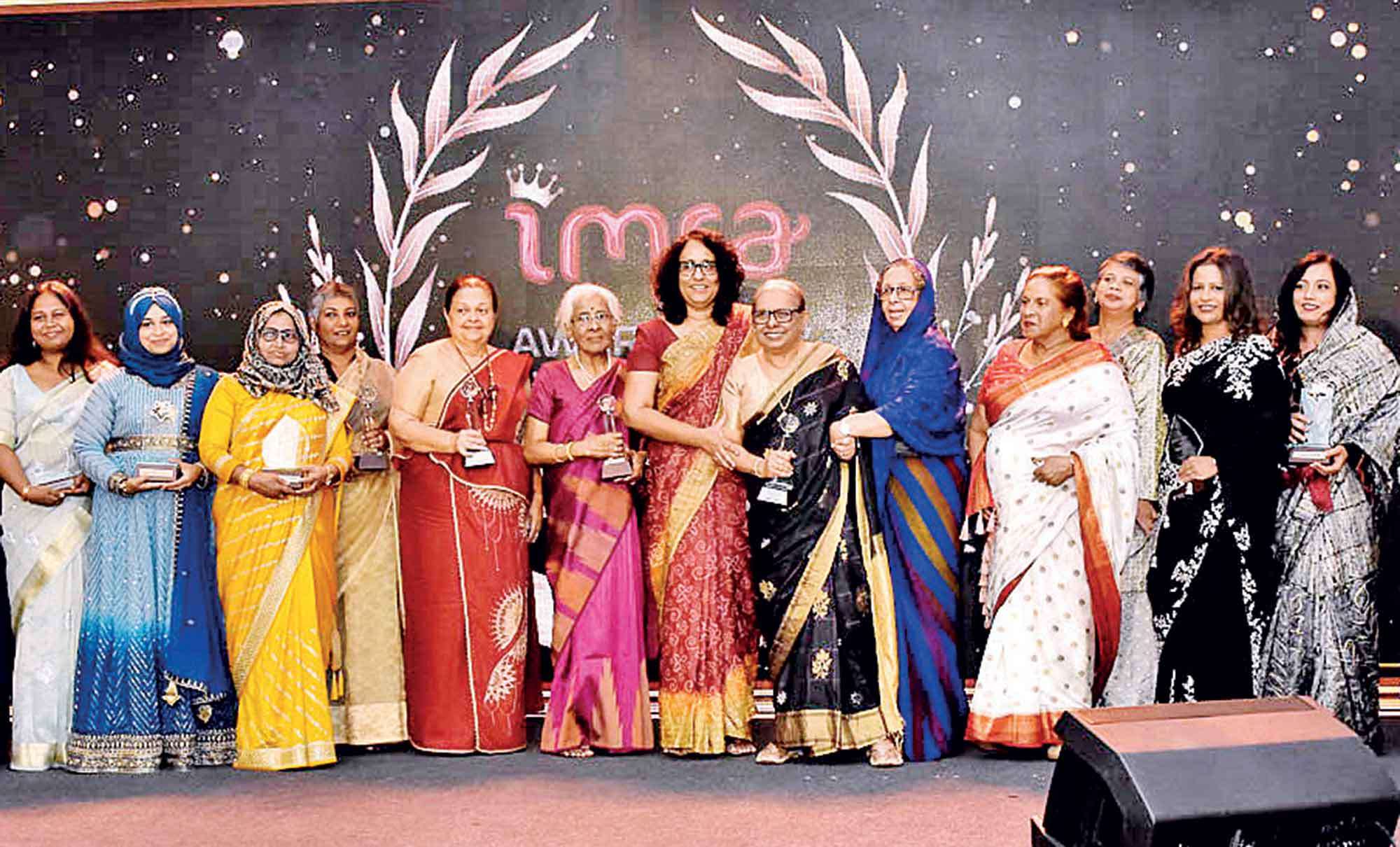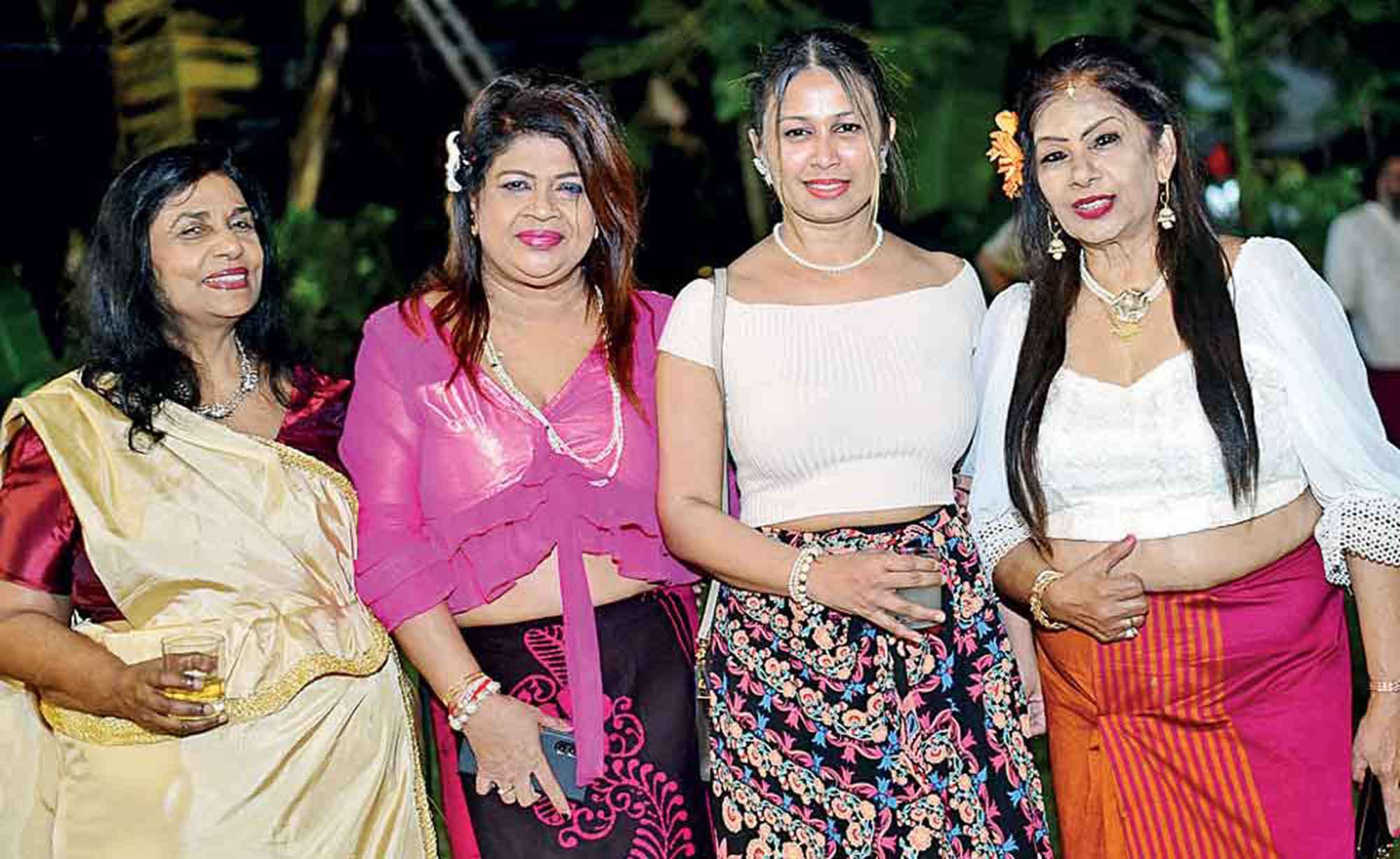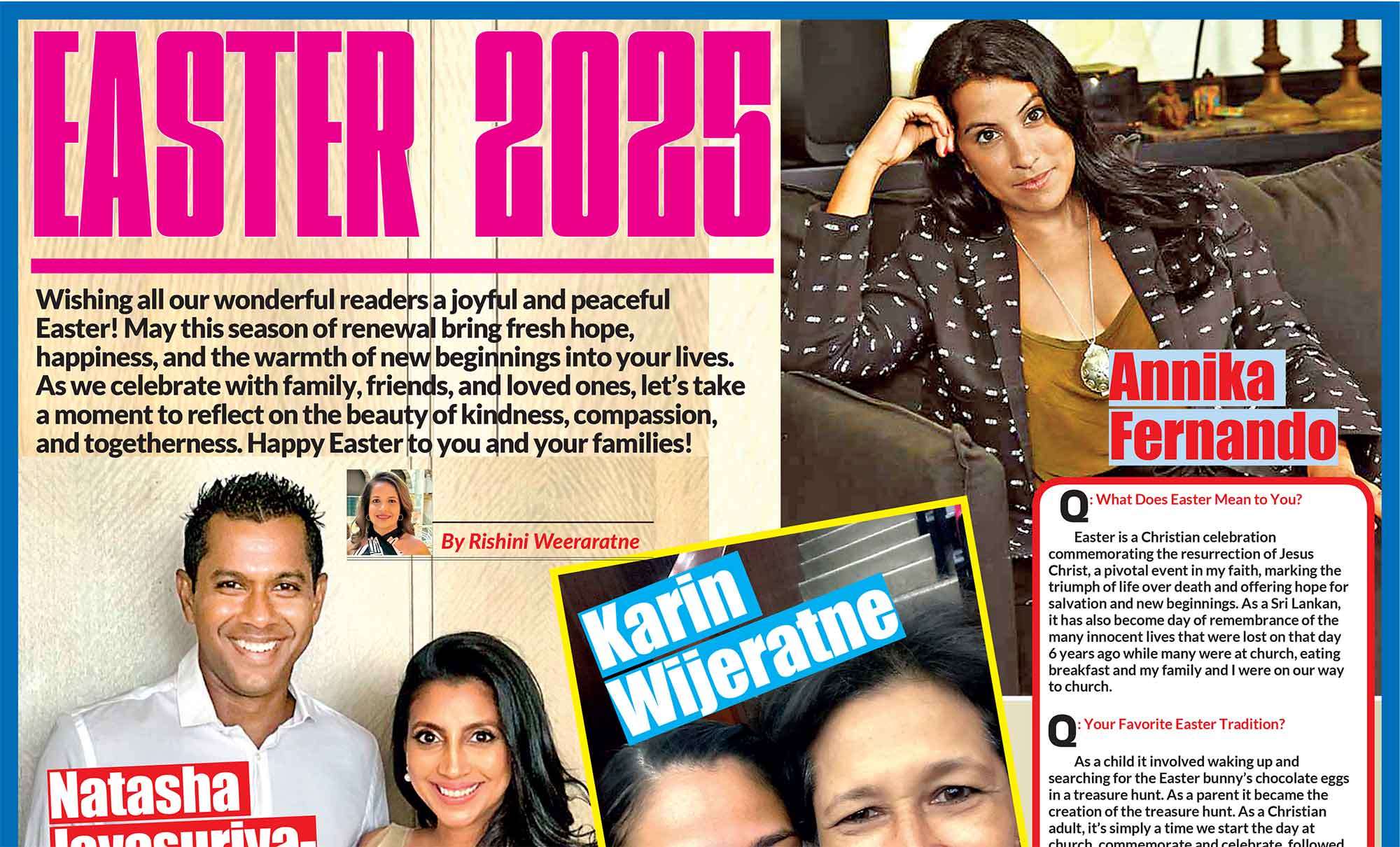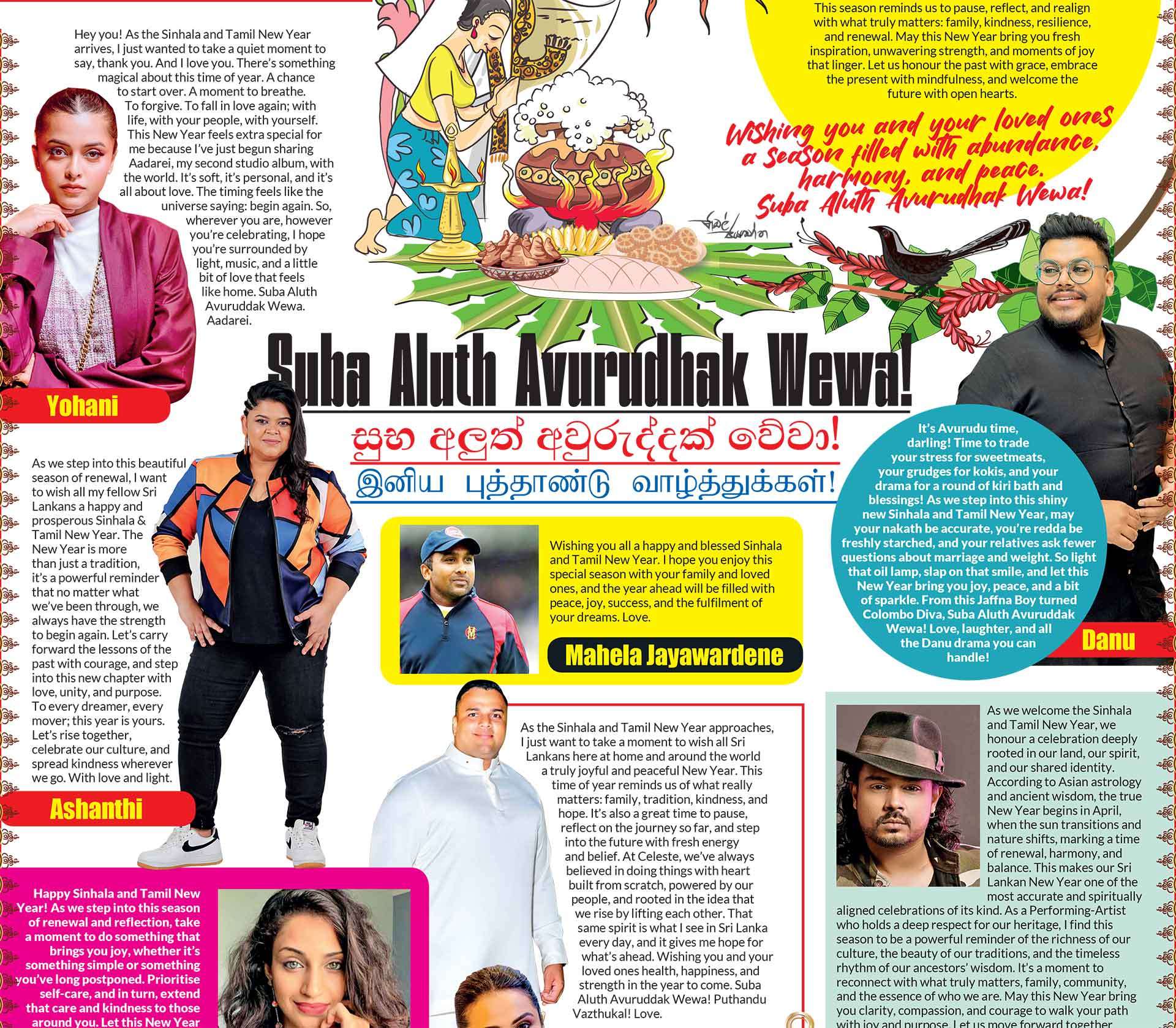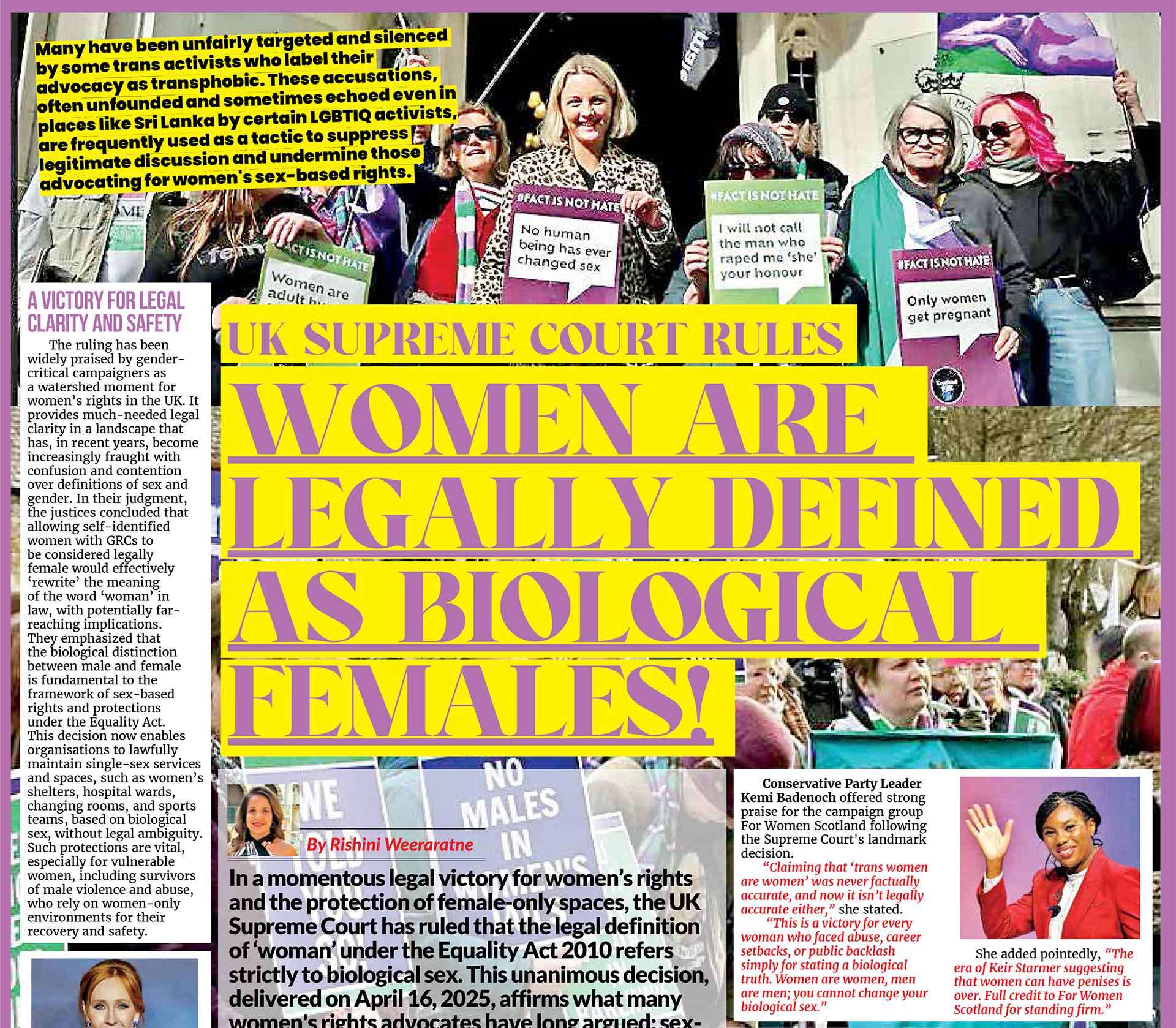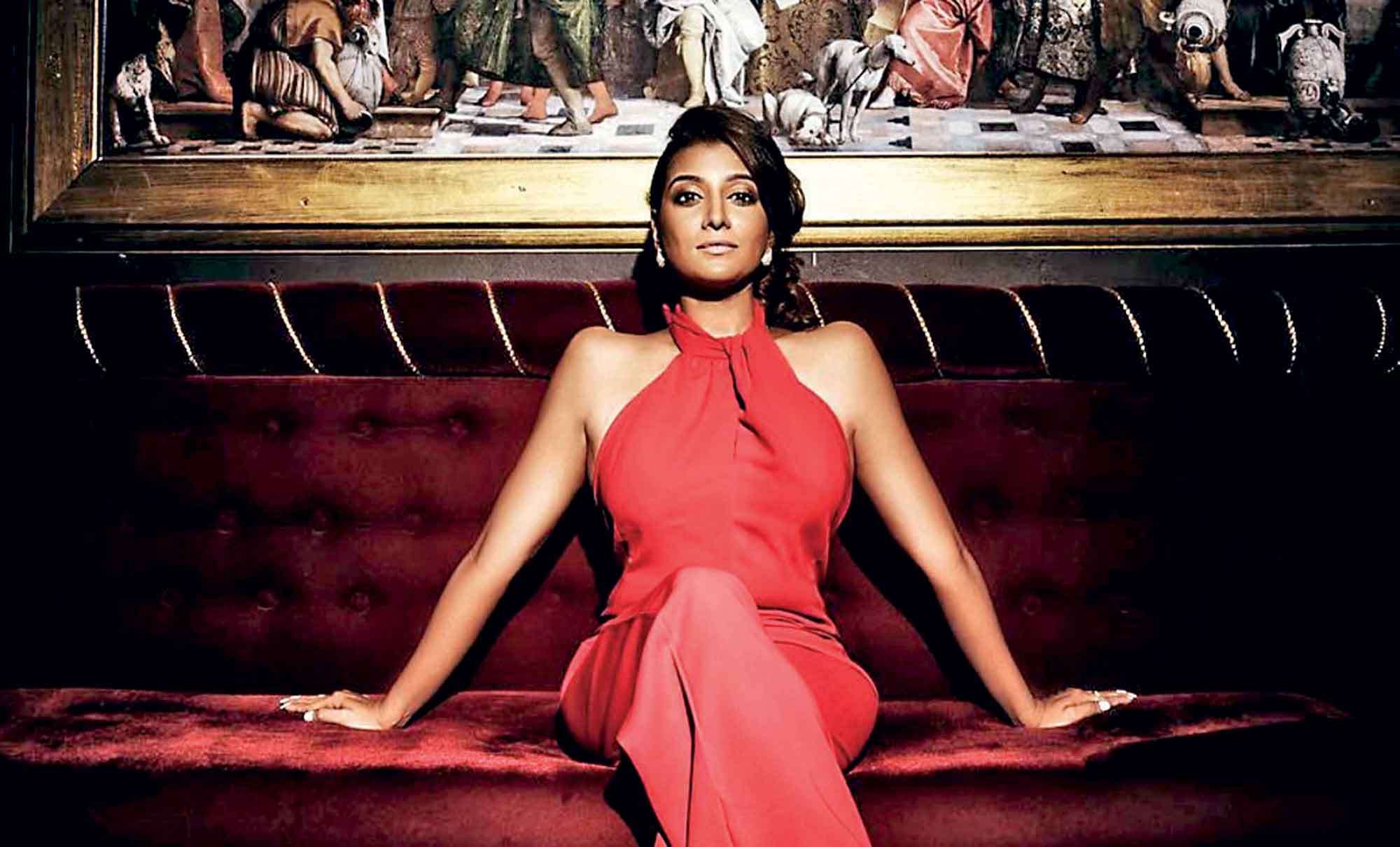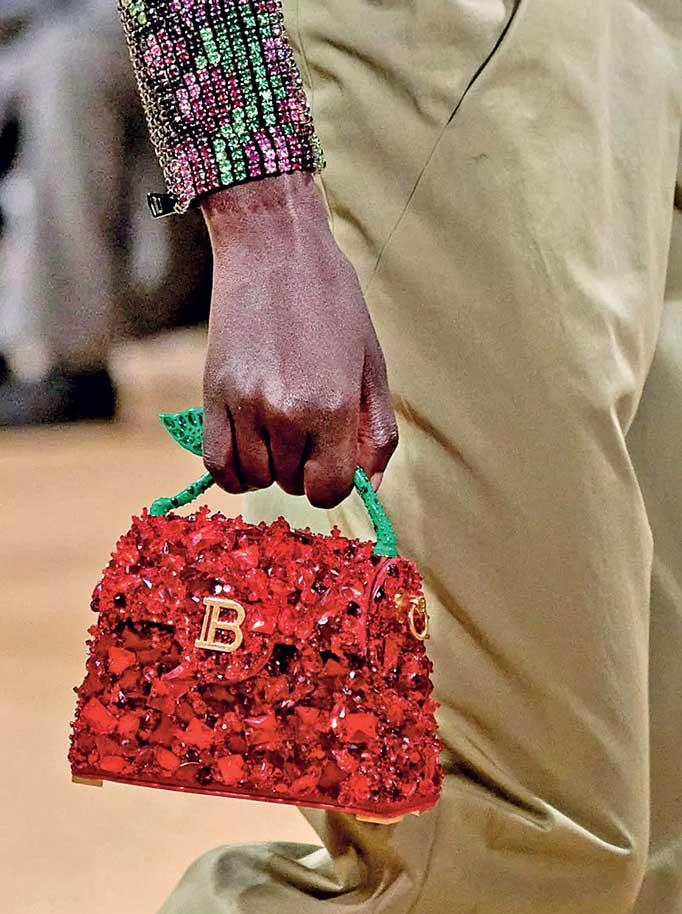 |
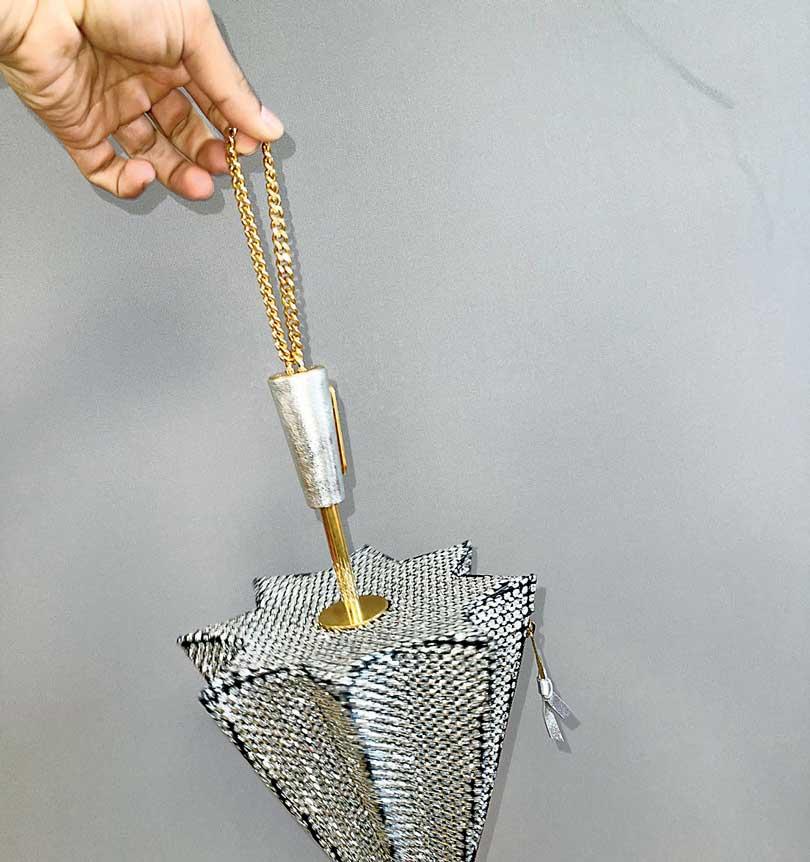 |
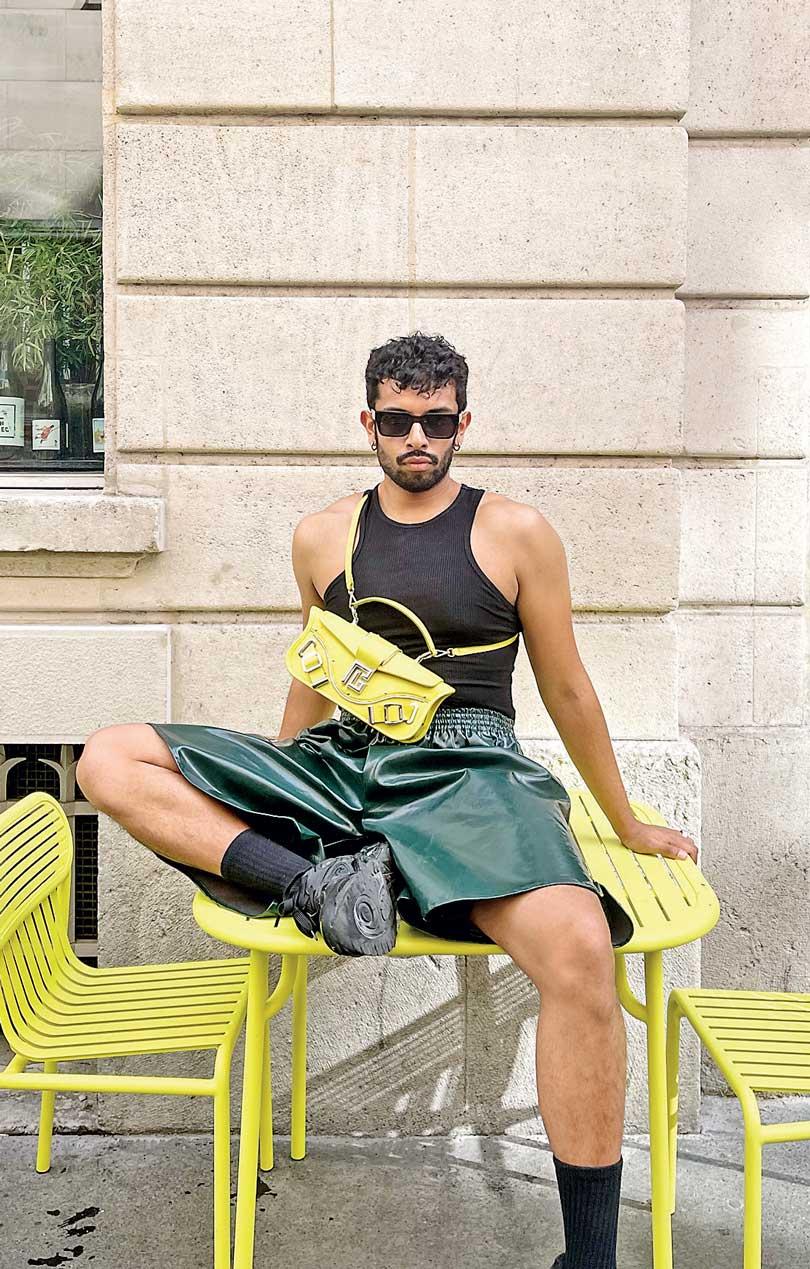 |
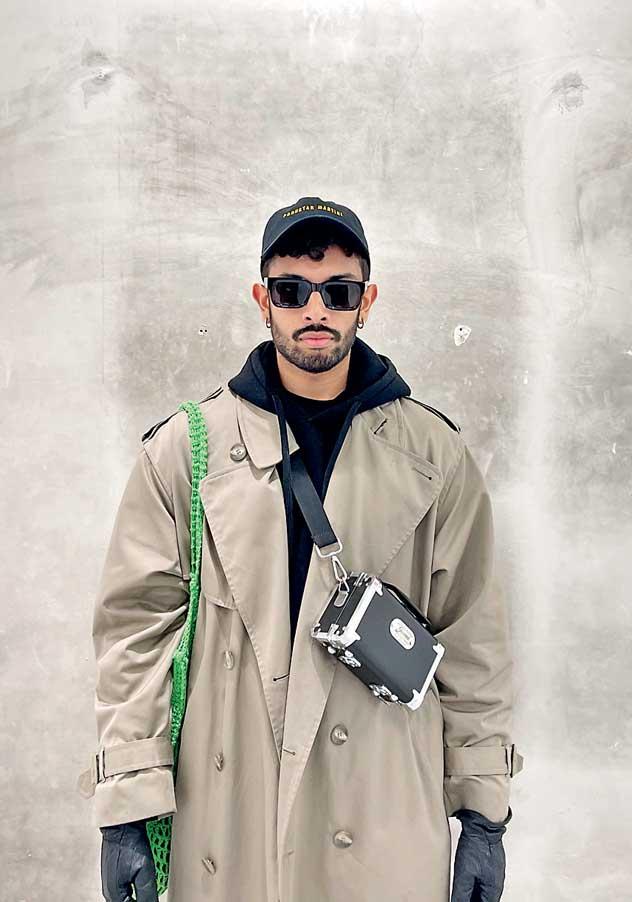 |
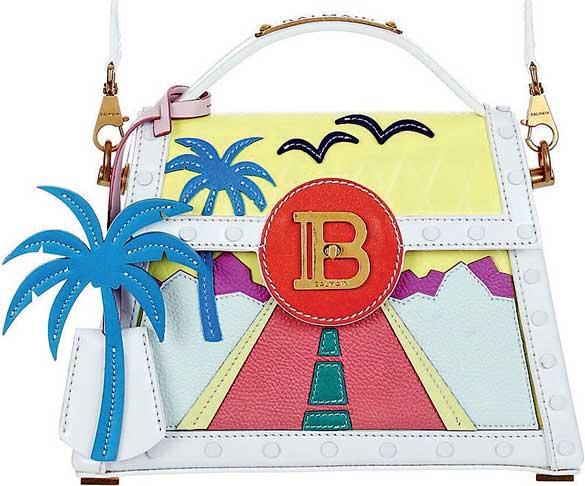 |
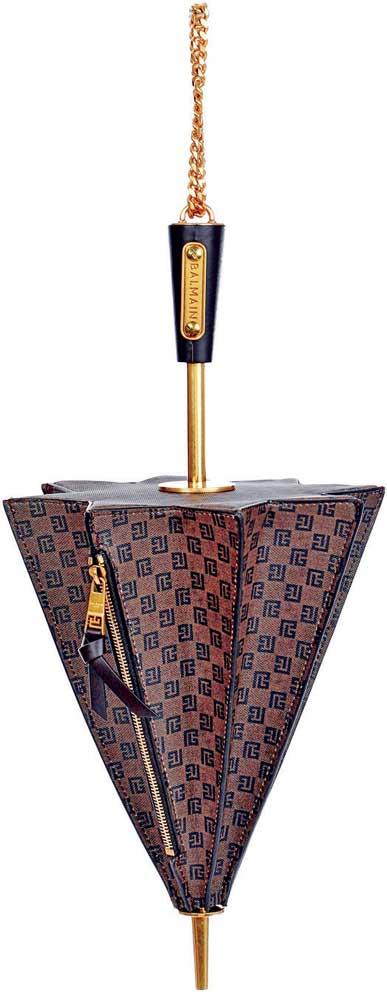 |
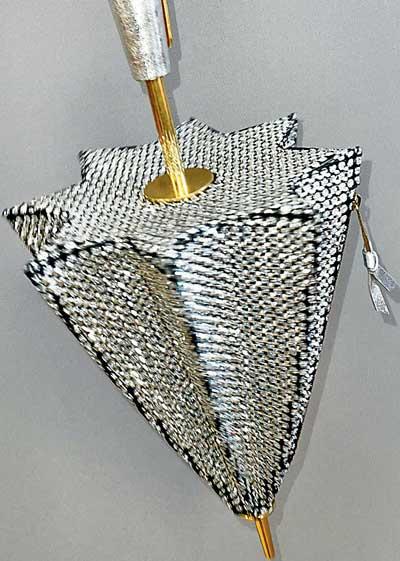 |
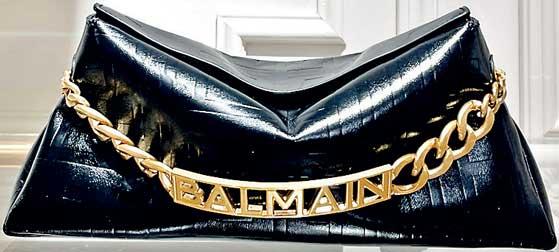 |
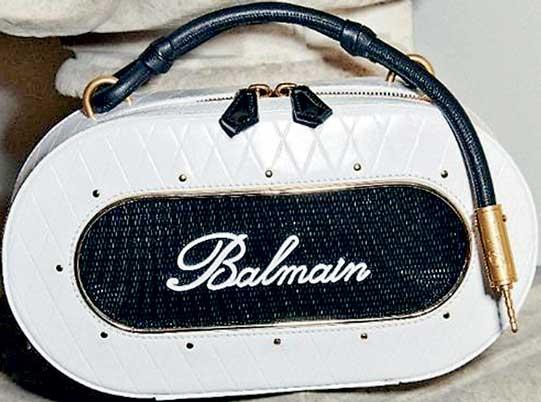 |
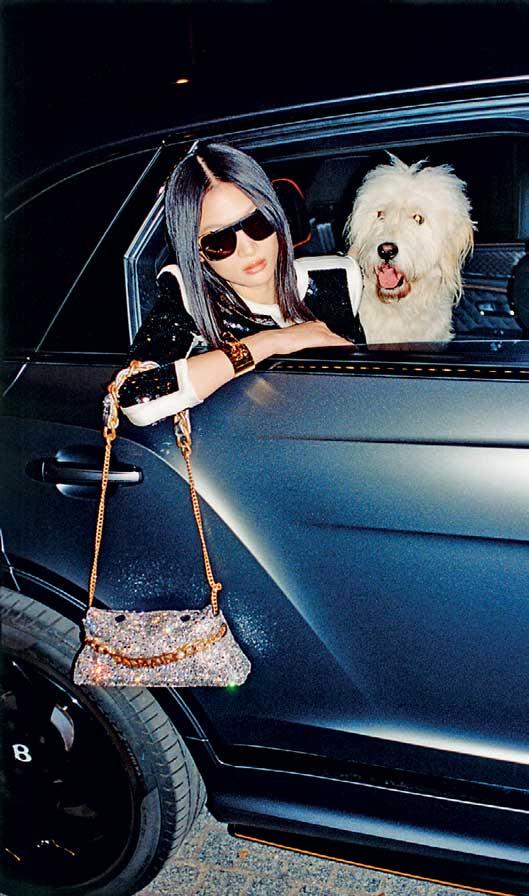 |
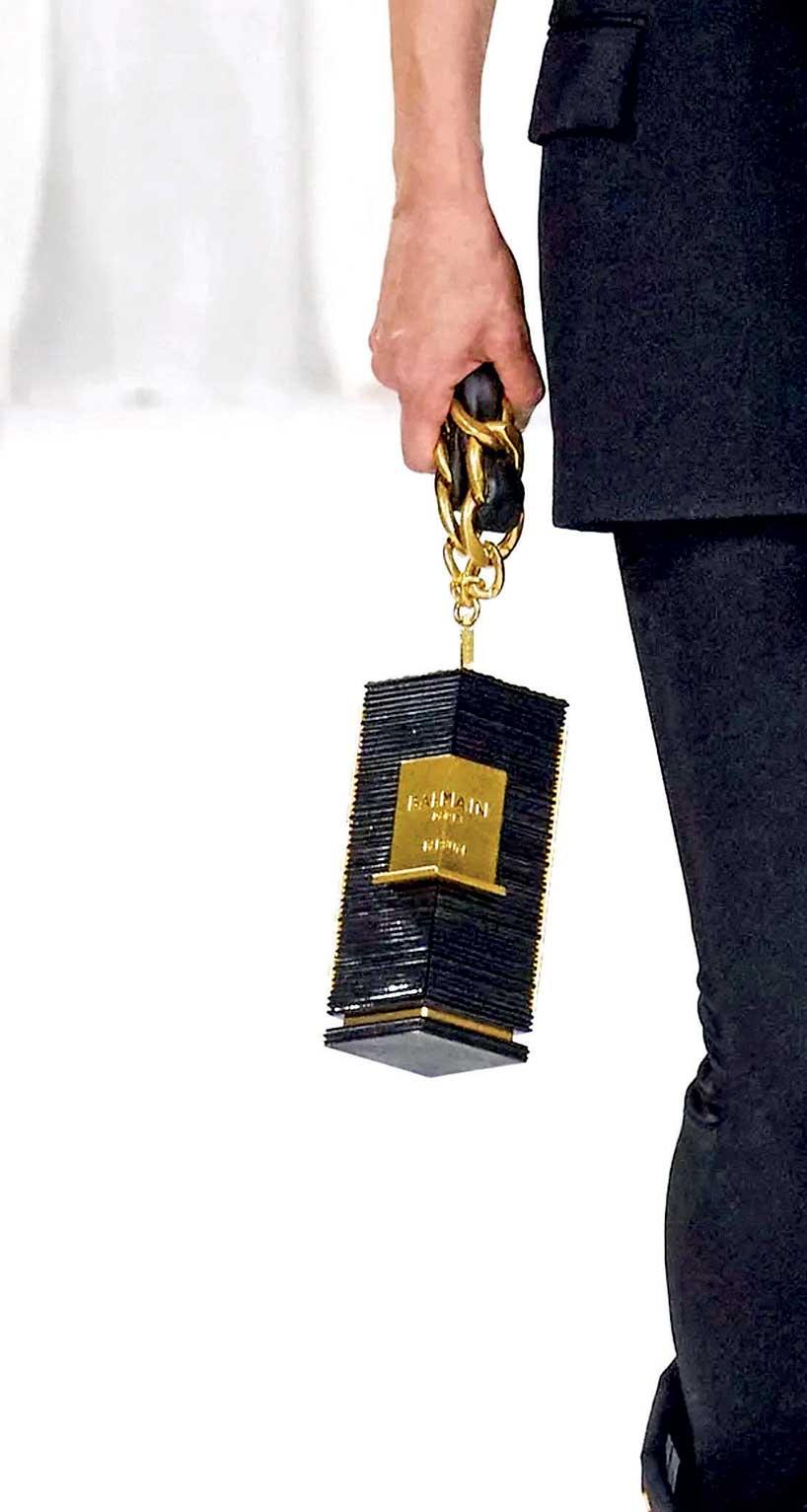 |
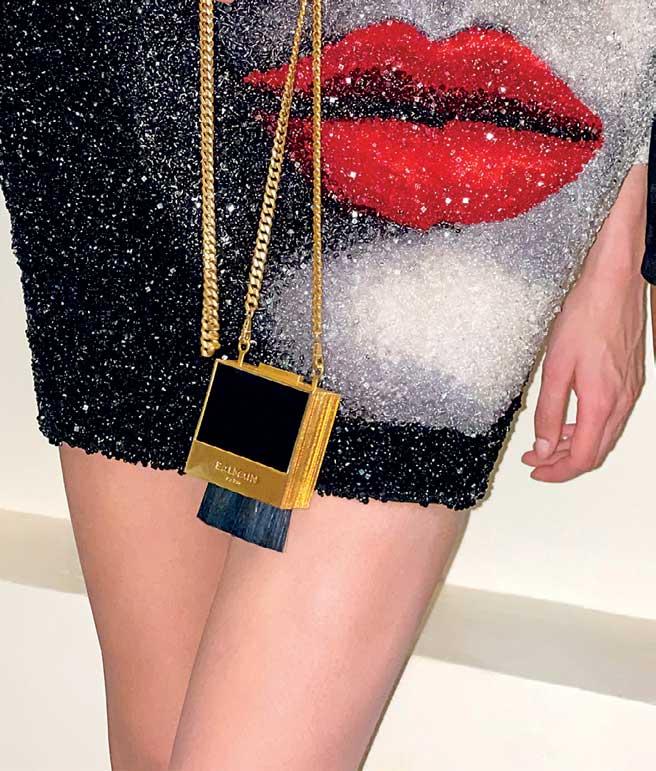 |
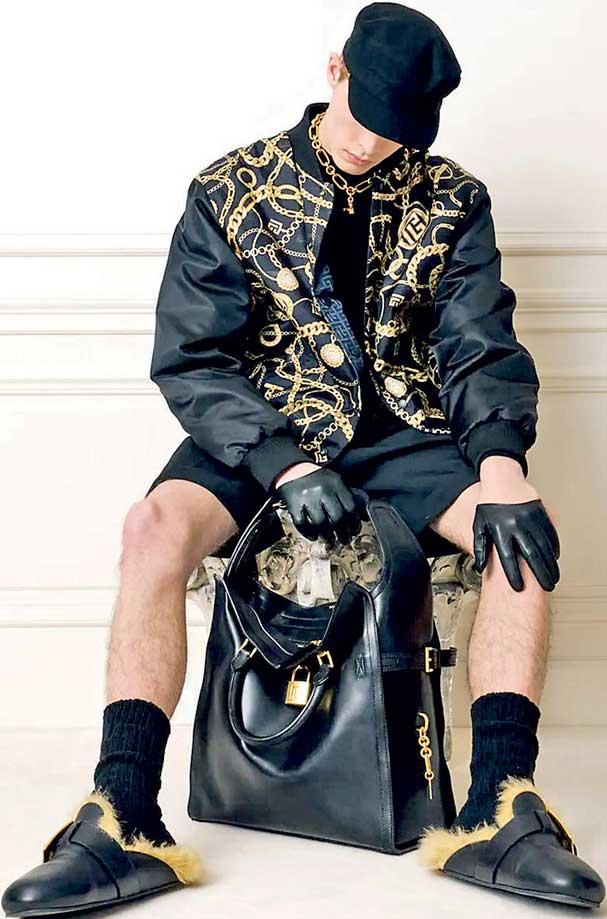 |
Sajith Laksan Amaratunga, Leather-Good and Accessories Designer at Balmain, is a rising star in the fashion world. Born in Rome, Italy, and currently residing in Paris, France, Sajith’s journey from studying Costume and Fashion Design to working at one of the most prestigious luxury brands is an inspiring tale of passion and dedication. With a deep understanding of both heritage and innovation, Sajith’s designs are setting new standards in the luxury fashion industry, bringing a fresh perspective to Balmain’s iconic creations.
Can you tell us a bit about your early life and what drew you to fashion design?
I was born on November 9, 1997, to Sri Lankan parents in Rome, Italy. From a young age, I loved drawing; my mom often said I would sketch on any surface I could find. In high school, I excelled in math and planned to study politics, even participating in UN simulations across Europe. My mother encouraged me to keep creativity as a hobby, but everything changed when I attended an open day at Accademia di Costume e Moda. That moment made me realize my true passion was fashion, not politics.
What was your experience like studying Costume and Fashion Design in Rome?
I was accepted into Accademia di Costume e Moda in Rome after a rigorous three-phase selection process. As my dedication grew, my family saw how committed I was and began supporting me despite many sacrifices. At 21, I participated in a national young designer competition and won multiple awards, including the Accessories Award, Couture Origin Award, and Lectra Fashion Innovation Award. That moment reassured my family they had made the right decision. In my final year, I showcased my graduation collection RAKSHA at Rome Fashion Week, exploring identity and belonging through designs inspired by my Sri Lankan heritage.
Were there any mentors or experiences that shaped your journey in the industry?
I’ve always struggled to find a mentor or icon to aspire to, but the closest connection I’ve felt is with Olivier Rousteing, Balmain’s creative director. It’s surreal that I once looked up to him, and now I work alongside him. His relentless dedication, working late nights and weekends, constantly pushes us to do more. I value his critiques and advice; they are invaluable. I never take this opportunity for granted, knowing it came through hard work and sleepless nights. One day, I hope to mentor someone, offering the guidance I once wished for in my own journey.
What were some of the biggest challenges you faced breaking into luxury fashion?
One of the biggest challenges in breaking into luxury fashion is the lack of job opportunities. Many assume success comes easily, but behind the scenes, it’s a constant struggle, endless interviews, countless applications, and fierce competition. The industry is currently facing a difficult period, making positions even scarcer. Persistence and resilience are essential to navigating these challenges. Opportunities aren’t simply given; they must be earned through hard work, creativity, and determination. Despite the setbacks, passion and perseverance remain key to carving out a space in the luxury fashion world and making a lasting impact.
How did you land your role as an Accessories and Handbag Designer at Balmain?
I graduated in February 2020, and just a week later, after applying online and interviewing, I was invited to Paris for a six-month internship. After that, I secured another internship at Chloé, but three months in, I was offered a long-term contract at Balmain as an Assistant Designer. I’ve now been with the company for nearly four and a half years as a Leather Goods and Accessories Designer. I work across men’s, women’s, small leather goods, capsule collections, and VIP projects. I’m incredibly grateful for the opportunity to explore different fields and grow within such an iconic brand.
Can you walk us through your creative process when designing a new handbag collection?
The creative process varies, but it generally follows a structured approach. It begins with a briefing from Olivier Rousteing, our Creative Director. My colleagues and I then brainstorm and sketch ideas before reviewing, selecting, and refining them. Once finalized, we develop technical sheets, detailing different views and internal structures. A prototype is created and adjusted before rendering visuals with seasonal materials and animations. The bags are then produced in Scandicci, Italy, where we oversee development. After fittings in Paris, stylists select which bags complement runway looks, only about 30–40% of our designs actually make it to the final show.
What are some of the key elements that define Balmain’s accessories, and how do you contribute to them?
Balmain is known for its craftsmanship, opulence, and elegance, with its accessories reflecting the same empowerment as its iconic suits. Under Olivier Rousteing’s bold vision, the brand continues to captivate at Paris Fashion Week. Key elements include premium leathers, striking hardware, and luxurious detailing. My role ensures these features harmonize, maintaining Balmain’s signature sophistication and innovative designs.
What has been your most memorable project at Balmain so far?
My most memorable projects at Balmain would have to be the Umbrella Bag and the Gate Minaudière. I’m particularly obsessed with the Umbrella Bag, it’s both an elaborate object and highly functional, fitting an iPhone and other small essentials. It was a unique design no one had done before. The Gate Minaudière, with its intricate details, speaks for itself, paying homage to Balmain’s heritage with a design inspired by the house’s gate. Each of these bags is special to me, like my own creations.
What is it like working behind the scenes for Paris Fashion Week?
Working behind the scenes at Paris Fashion Week is pure chaos. While the runway may seem calm, backstage is a flurry of activity as we prepare for months. My role involves assisting Olivier with the looks, ensuring models have their bags, and checking accessories. It’s exhausting, but the excitement of the process and the anticipation of the show make it all worth it.
How has your Sri Lankan and Italian heritage influenced your design aesthetic?
My Sri Lankan and Italian heritage has definitely shaped my design aesthetic. Growing up between Italy and Sri Lanka, I’ve developed a unique perspective. While many South Asian designers are known for bold, vibrant colours and shapes, I gravitate toward a more restrained approach. I love colour, but I believe in the concept of “less is more.” Clean lines with strong accent colours allow the details to stand out. Ultimately, I think the beauty of our work lies in continuously exploring our own sense of style and not being afraid to experiment.
What advice would you give to aspiring designers, especially those from underrepresented backgrounds?
My advice to aspiring designers, especially those from underrepresented backgrounds, is to never be afraid to take risks. Keep pushing forward, and the right moment will come. We all have something unique inside of us, and it’s important to discover that and let the world see it. I’m proud to be the only South Asian leather goods designer in a European luxury brand, and I hope to inspire others. We must support each other; I’m always available to offer advice and guidance to anyone who reaches out, especially on my Instagram page.
Have you ever faced any form of discrimination?
In my personal life, I’ve faced discrimination a few times, but thankfully not in my workplace. I’m fortunate to work at Balmain, a fashion house led by Olivier Rousteing, who was the first Black designer to be appointed Creative Director of a French luxury brand. Balmain is a safe and welcoming environment, and I consider it my second family. I spend more time there than at home, and though my biological family is spread between Rome and Sri Lanka, I feel truly supported and valued in the Balmain family.
What are some misconceptions people have about working in high fashion?
Hahaha, I love this question! There are so many misconceptions about working in high fashion. For instance, when I went back to Rome for the holidays, my mom took me to the temple, and people there thought my career was all about modelling. Many people still associate fashion only with modelling, so I found myself explaining the entire industry and its behind-the-scenes work. Another misconception is that fashion is a light or “unserious” job. I’ve seen many Asian/South Asian parents push their children toward fields like economics or medicine instead of fashion. I always explain that fashion is a multibillion-dollar industry requiring hard work and dedication. I often recommend watching The Devil Wears Prada; it portrays the fashion world in a comedic, exaggerated way, but it captures the essence of the industry.
If you could design an accessory for anyone in history, who would it be and why?
That’s a fascinating question! From the past, I would have loved to design for Jacqueline Kennedy and Marilyn Monroe, two incredibly strong yet vulnerable women connected by the same man. Their elegance and influence continue to inspire fashion today. In the present, I’ve always admired Sophia Loren. She embodies timeless beauty, talent, and charm, leaving an indelible mark on cinema history. Designing an accessory for her would be an honour, capturing her grace and the essence of Italian glamour in a piece that reflects her iconic status.


